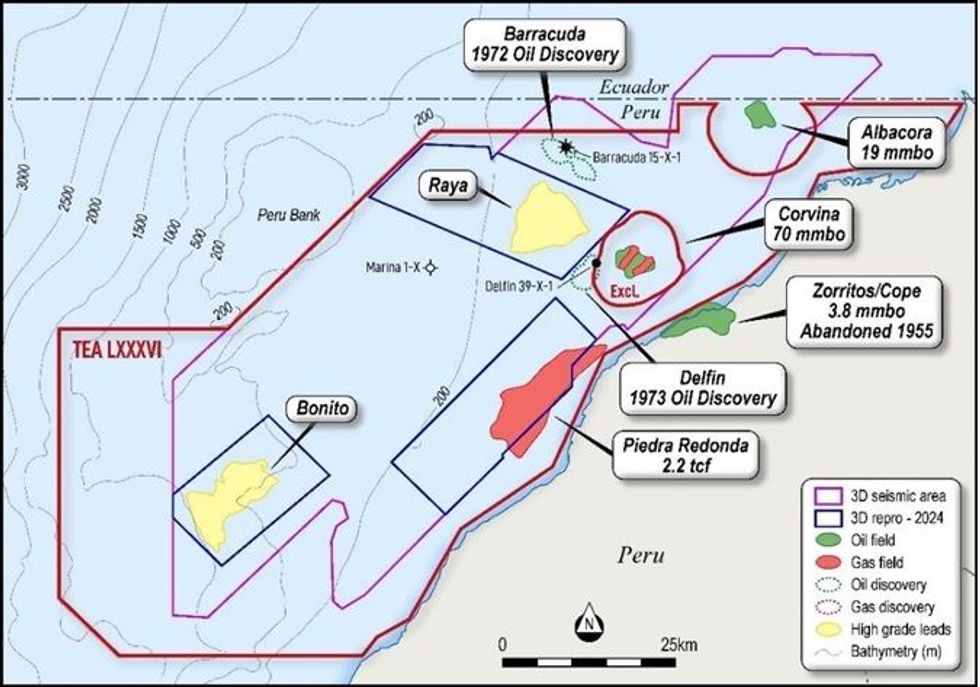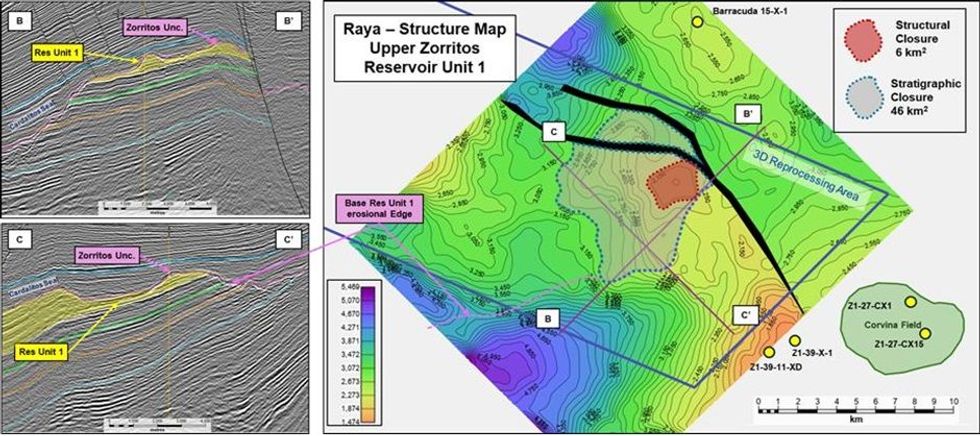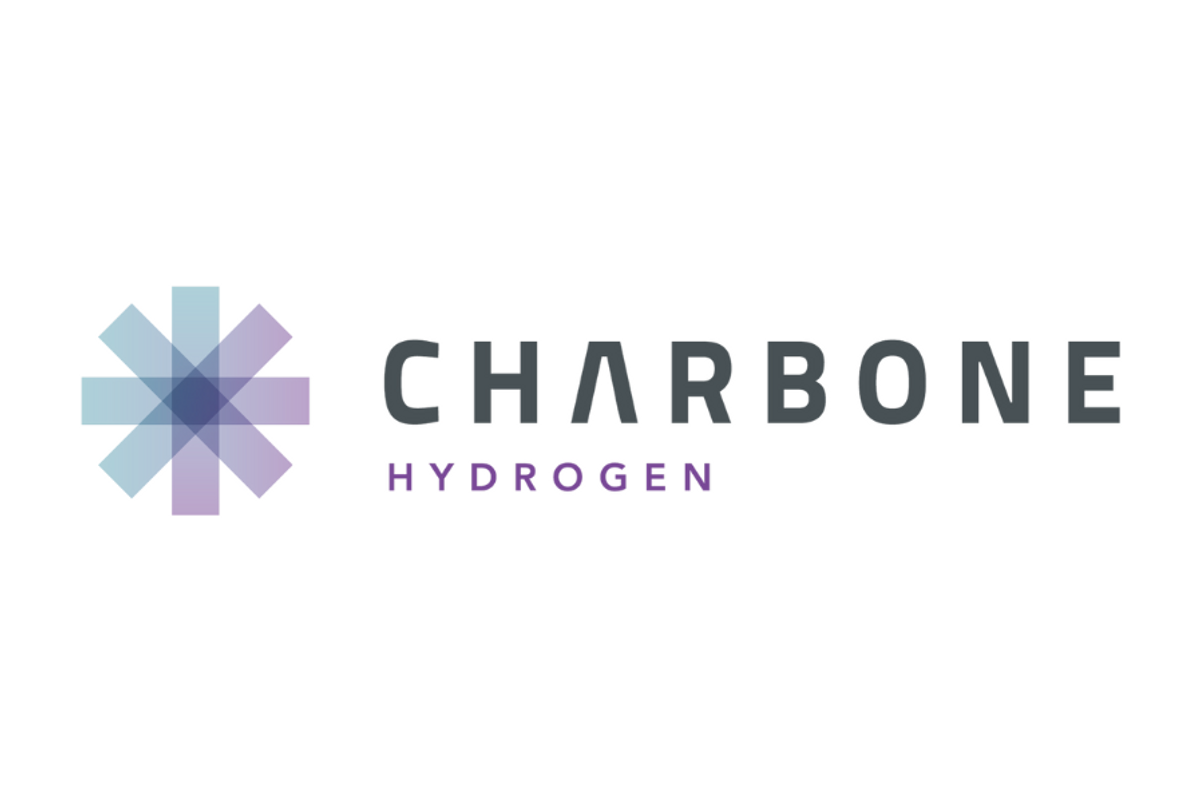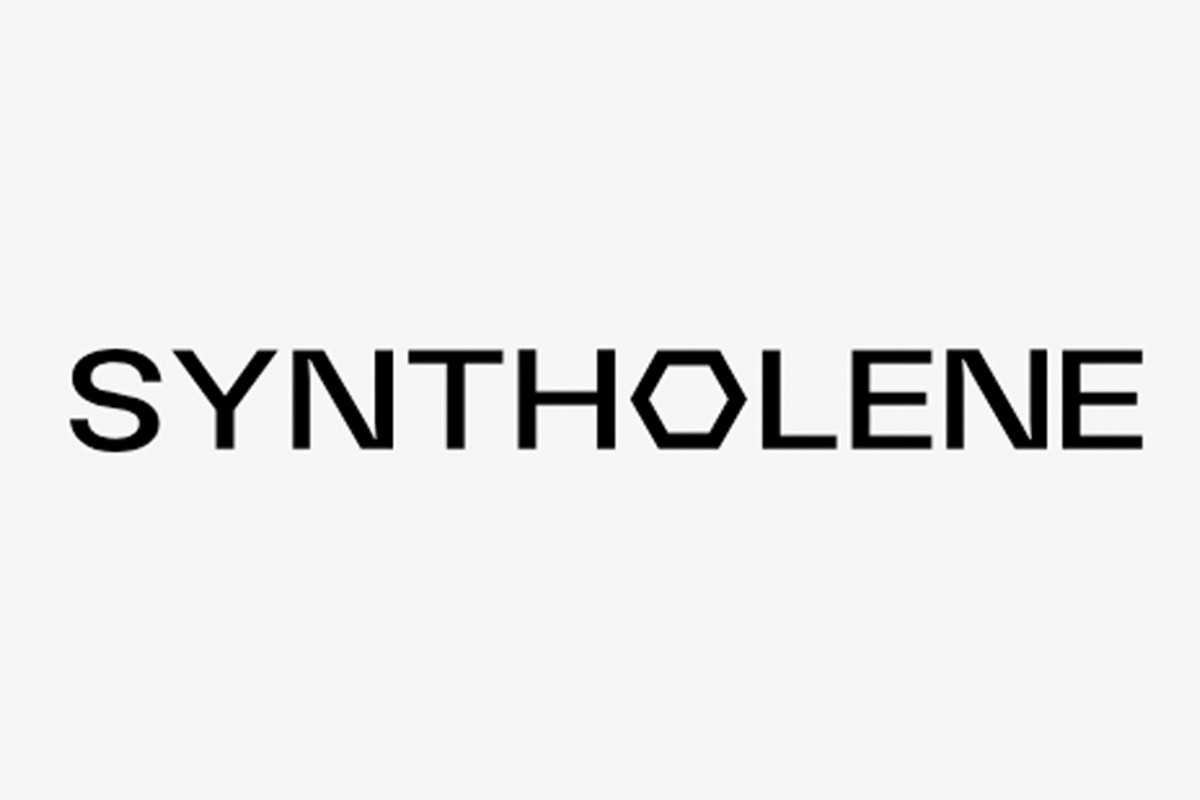
August 18, 2024
Condor Energy Ltd (ASX: CND) (Condor or the Company) is pleased to advise that Quantitative Interpretation (QI) and AVO studies on the legacy 3,800km2 of 3D seismic data covering most of the Company’s Tumbes Technical Evaluation Agreement (TEA or Block) have potentially identified a highly porous sandstone fairway spanning the Raya Prospect, significantly enhancing the probability of success.
Highlights
- Leading Quantitative Interpretation (QI) company, e-Seis Inc, completes LithSeis and amplitude versus offset (AVO) volumes on legacy 3D seismic data covering the Company’s Peruvian Tumbes TEA.
- New seismic inversion and AVO studies have produced indications of high-quality reservoirs and hydrocarbon fill at the Raya Prospect, significantly upgrading its prospectivity.
- A robust fairway of highly porous sandstone has been delineated coincident with the location of the Raya Prospect.
- This is complemented by recently completed field work which mapped sediment input points leading into the Tumbes TEA during deposition of the Zorritos Formation.
- Reprocessing of the 3D seismic data is nearing completion. Once delivered, these data will be interpreted to allow for the estimation of resources in the Tumbes TEA.

The Raya Prospect is defined as a structural high against an east-west fault within the Zorritos Formation, the primary reservoir in the basin, with a combined 46km2 structural and stratigraphic trap with shales overlying the Zorritos Unconformity providing a regional seal1 (Figure 2).

The Company notes that results from the adjacent Delphin and Barracuda wells confirm the presence of oil charge in the area and, in order to determine resevoir quality, has conducted Quantitative Interpretation (QI) studies of the seismic data covering the Raya prospect.
eSeis Inc., a leading Houston-based QI company, has provided LithSeis and Amplitude Versus Offset (AVO) volumes over the entire 3D data set.
The LithSeis cube, although uncalibrated by well data, is a pre-stack seismic-based petrophysical analysis that yields lithology, porosity, and possible hydrocarbon fill. In the LithSeis section (Figure 3b), yellow colours are interpreted to represent porous sandstones, with red reflectors interpreted to represent very high porosity and/or where hydrocarbons are present. In this case, several layers of high porosity at the top of potential reservoir zones (such as layer SC 1) are evident.
The AVO sections illustrate the responses of seismic reflections to increasing angles of offset and uses a colour bar to differentiate between the five commonly recognised classes of AVO responses; in this area, Class 2 or Class 3 responses are of particular interest as they may be indicative of a hydrocarbon- filled reservoir (either gas or oil).
The highly encouraging culmination of these analyses are the mapped responses of LithSeis and AVO across the SC 1 layer (Figure 4). The strong and consistent LithSeis response suggests the presence of a highly porous sandstone fairway running NE-SW across the Raya prospect, potentially derived from one of the feeder systems identified during field mapping.
Click here for the full ASX Release
This article includes content from Condor Energy, licensed for the purpose of publishing on Investing News Australia. This article does not constitute financial product advice. It is your responsibility to perform proper due diligence before acting upon any information provided here. Please refer to our full disclaimer here.
CND:AU
The Conversation (0)
26 September 2024
Condor Energy
Rare world-class hydrocarbon exploration opportunity
Rare world-class hydrocarbon exploration opportunity Keep Reading...
29 January
Quarterly Activities/Appendix 5B Cash Flow Report
Condor Energy (CND:AU) has announced Quarterly Activities/Appendix 5B Cash Flow ReportDownload the PDF here. Keep Reading...
22 January
A$3M Placement to Advance High-Impact Workplan for Peru
Condor Energy (CND:AU) has announced A$3M Placement to Advance High-Impact Workplan for PeruDownload the PDF here. Keep Reading...
20 January
Trading Halt
Condor Energy (CND:AU) has announced Trading HaltDownload the PDF here. Keep Reading...
15 January
Piedra Redonda Gas Field Best Estimate Resource of 1 Tcf
Condor Energy (CND:AU) has announced Piedra Redonda Gas Field Best Estimate Resource of 1 TcfDownload the PDF here. Keep Reading...
13 January
Trading Halt
Condor Energy (CND:AU) has announced Trading HaltDownload the PDF here. Keep Reading...
18 December
Oil and Gas Market Forecast: Top Trends for Oil and Gas in 2026
The oil and gas market was punctuated with volatility in 2025. Oil prices softened as supply outpaced demand and inventories built. Brent and West Texas Intermediate (WTI) crude slipped in late 2025, with Brent dipping below US$60 per barrel and WTI hovering at US$55.Production increases from... Keep Reading...
16 December
CHARBONE confirme l'entree officielle en production commerciale d'hydrogene propre UHP a Sorel-Tracy
(TheNewswire) Brossard, Quebec TheNewswire - le 16 décembre 2025 CORPORATION CHARBONE (TSXV: CH,OTC:CHHYF; OTCQB: CHHYF; FSE: K47) (« CHARBONE » ou la « Société »), un producteur et distributeur nord-américain spécialisé dans l'hydrogène propre Ultra Haute Pureté (« UHP ») et les gaz industriels... Keep Reading...
16 December
CHARBONE Confirms the Official Start of Commercial Production of Clean UHP Hydrogen in Sorel-Tracy
(TheNewswire) Brossard, Quebec TheNewswire - December 16, 2025 CHARBONE CORPORATION (TSXV: CH,OTC:CHHYF; OTCQB: CHHYF; FSE: K47) (" CHARBONE " or the " Company "), a North American producer and distributor specializing in clean Ultra High Purity (" UHP ") hydrogen and strategic industrial gases,... Keep Reading...
15 December
Angkor Resources Signs Letter of Intent to Sell Evesham Oil Production
(TheNewswire) GRANDE PRAIRIE, ALBERTA TheNewswire - December 15, 2025 - Angkor Resources Corp. (TSXV: ANK,OTC:ANKOF) ("ANGKOR" OR "THE COMPANY") is pleased to announce that it has entered into a binding Letter of Intent ("LOI") with an arm's length party (the "Purchaser") to sell its 40%... Keep Reading...
12 December
Syntholene Energy
Syntholene Energy is a Canada-based mineral exploration company. It is focused on the exploration and development of the Iron Lake Project which comprises 21 mineral claims totaling 8,035 hectares. Keep Reading...
10 December
Syntholene Energy Announces Completion of Reverse Takeover
Syntholene Energy Corp. (TSXV: ESAF) (formerly, GK Resources Ltd.) (the "Company" or "Syntholene") is pleased to announce that, further to its news releases dated May 6, 2025, May 16, 2025, July 9, 2025, September 18, 2025, November 18, 2025 and December 3, 2025, it has completed the acquisition... Keep Reading...
Latest News
Interactive Chart
Latest Press Releases
Related News
TOP STOCKS
American Battery4.030.24
Aion Therapeutic0.10-0.01
Cybin Corp2.140.00





